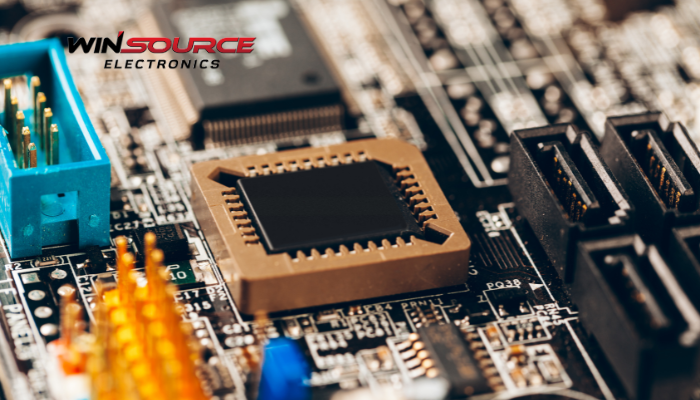
* Question
Briefly describe the design of the underlying driver of the RTL8019AS network?
* Answer
The RTL8019AS is a popular Ethernet controller chip from Realtek, primarily used for network communication in embedded systems and PCs. The underlying driver for the RTL8019AS network chip facilitates communication between the hardware and the operating system (OS), ensuring data can be transmitted over the network. Here’s a brief description of the key design aspects of the RTL8019AS driver:
1. Initialization
– Chip Configuration: The driver initializes the RTL8019AS by configuring the necessary registers, including the mode of operation, buffer settings, and interrupt configurations. It prepares the chip to send and receive data packets.
– Memory Allocation: The driver allocates memory buffers for receiving and transmitting Ethernet frames. These buffers are typically ring buffers to hold frames in a queue for processing.
2. Interrupt Handling
– Interrupts: The driver sets up interrupt handlers to handle events such as packet reception, transmission completion, or error conditions. When the chip detects events (e.g., a frame received), it generates an interrupt to notify the driver to process the data.
– Interrupt Service Routine (ISR): The ISR in the driver is responsible for reading data from the chip’s FIFO (First In, First Out) buffers or writing data to them.
3. Packet Transmission and Reception
– Transmission: When the driver needs to send data, it writes the packet to the chip’s transmit buffer, sets the transmission command, and waits for the transmission to complete (notifying the OS upon completion).
– Reception: The driver periodically polls the chip’s receive buffer or handles interrupts to retrieve incoming data frames. Once received, it processes the frames and hands them off to the OS for further handling.
4. Buffer Management
– Ring Buffering: The driver uses a ring buffer mechanism for both transmitting and receiving packets. This allows the chip to store multiple frames in a circular queue, improving data flow and reducing packet loss during high traffic periods.
5. Error Handling
– Error Detection: The driver checks for transmission/reception errors, such as CRC errors, buffer overflows, or hardware faults. It responds accordingly, possibly resetting buffers or issuing error notifications to the OS.
6. Driver Interface
– Network Interface (NIC): The driver implements the standard network interface functions required by the OS, such as sending packets, receiving packets, and controlling the network device state (e.g., enabling/disabling the interface).
7. Power Management
– Energy Efficiency: In some systems, the driver may handle power management tasks like putting the network card into a low-power state during idle times, and waking it up for communication when necessary.
The driver essentially abstracts the hardware functionality of the RTL8019AS, enabling the OS to communicate seamlessly over the network by interacting with the chip’s hardware registers and managing data buffers effectively.

COMMENTS